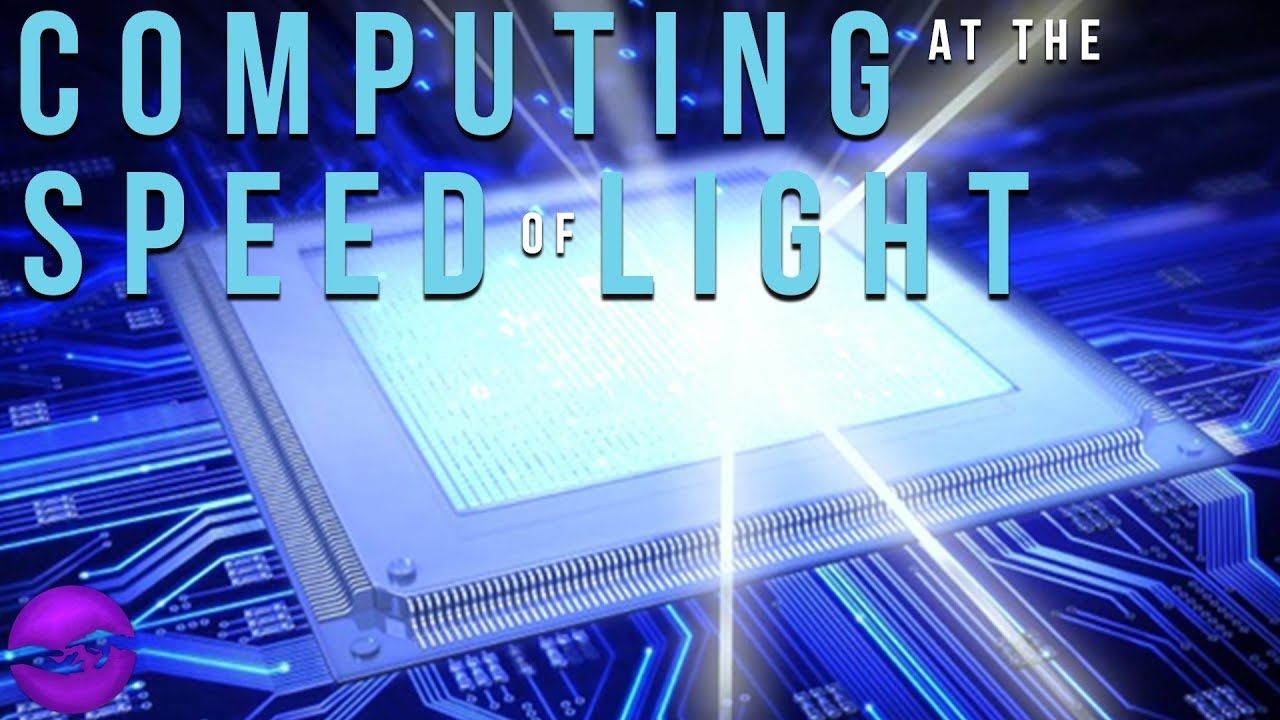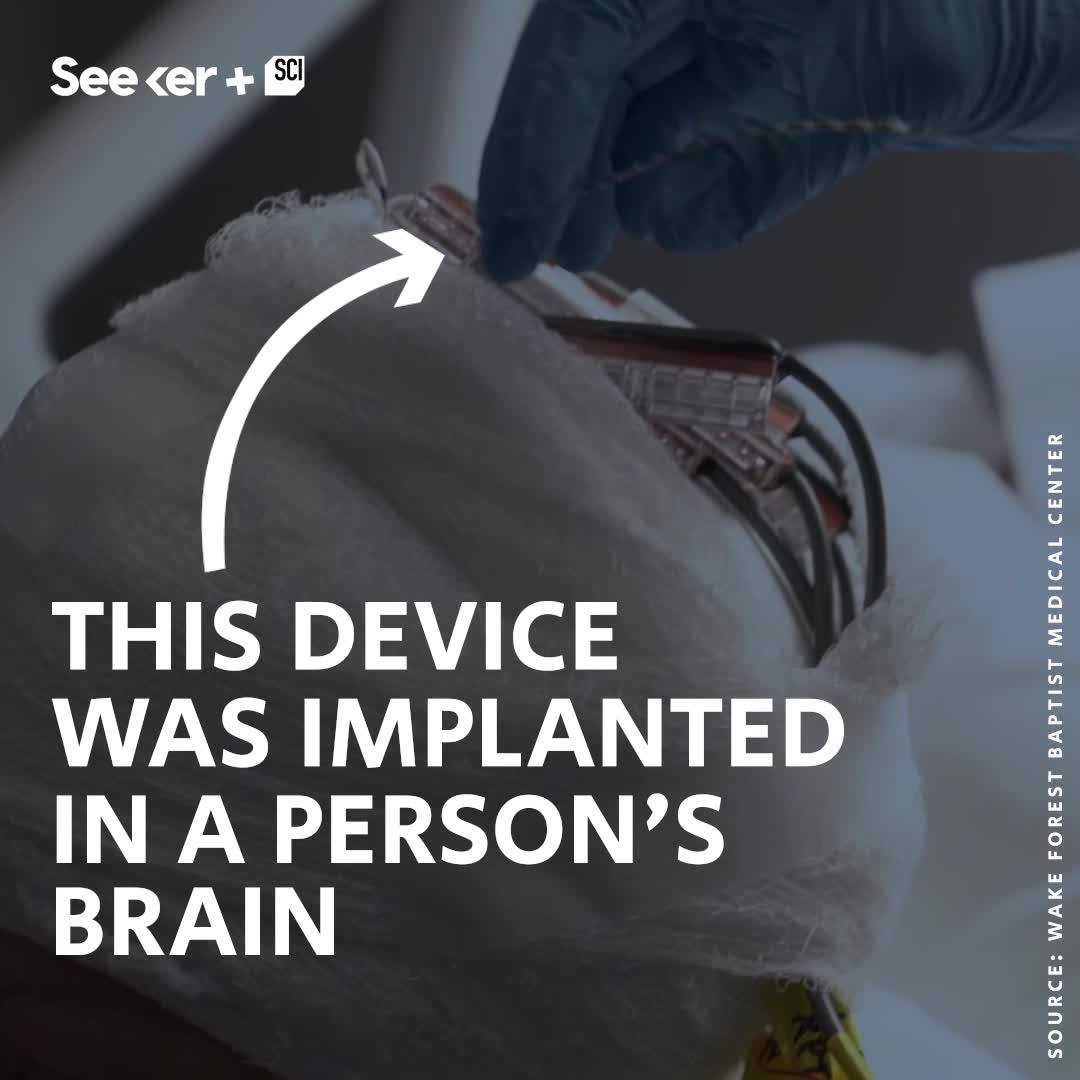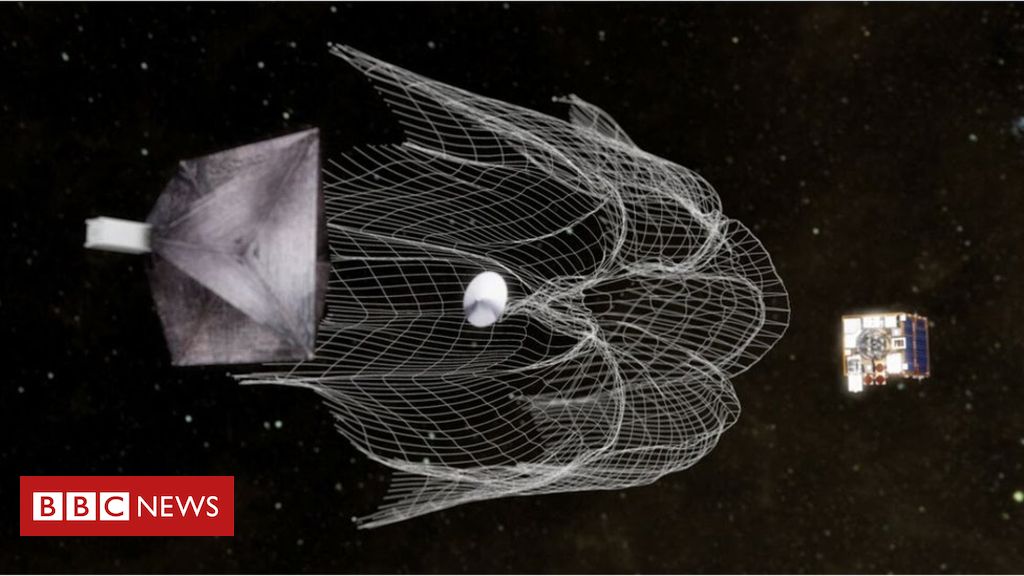A group of physicists are questioning our understanding of how quarks — a type of elementary particle — arrange themselves under extreme conditions. And their quest is revealing that elements beyond the edge of the periodic table might be fair weirder than we thought.
Deep in the depths of the periodic table there are monsters made of a unique arrangement of subatomic particles. As far as elements go, they come no bigger than oganesson – a behemoth that contains 118 protons and has an atomic mass of just under 300.
That’s not to say protons and neutrons can’t be arranged into even bigger clumps and still remain somewhat stable for longer than an eye blink. But for all practical purposes, nobody has discovered it yet.
We don’t actually have a lot to be afraid of when it comes to asteroids. Sure, they might come pretty close from time to time, but they tend to buzz harmlessly by — after all, Earth is a pretty tiny target in the vastness of space.
That doesn’t mean we shouldn’t be prepared, though — and NASA, along with several other US federal agencies, has been putting together a contingency plan.
They’ve called the collective the Interagency Working Group for Detecting and Mitigating the Impact of Earth-bound Near-Earth Objects, or DAMIEN, which isn’t ominous at all, and released a 20-page document that outlines the asteroid — or near-Earth object (NEO) — plans for the next decade.
Today we will be taking a look at some of the stories people tell themselves to help them pretend aging is not a problem.
If you ask most people what they think about aging, they will shrug their shoulders and say that it is a natural process. With complete tranquility on their faces, they will agree that, yes, in old age, we are haunted by many diseases, but nothing can be done about it, so it makes no sense to worry about it while you are young and healthy. Just live your life.
Then, the conversation will turn towards an even stranger direction: they will start looking for something good about aging – for example, that it ensures a change of generations, prevents society from becoming stuck in obsolete ideas, and, in general, is the engine of evolution. They’ll explain that the notion of death gives meaning to life and makes us accomplish as much as possible in the little time we have.
Here’s the intriguing part. If you ask the same people what they felt when they first encountered the concept of aging and death from old age, they remember that they were frightened. They were not happy with the answers to “Mom, are you gonna get old and die?” and “Will I die too?” Many people remember that they cried bitterly after this conversation and were filled with sorrow for several days.
Recommended Books ➤
📖 Life 3.0 — http://azon.ly/ij9u
📖 The Master Algorithm — http://azon.ly/excm
📖 Superintelligence — http://azon.ly/v8uf
This video is the eighth in a multi-part series discussing computing and the first discussing non-classical computing. In this video, we’ll be discussing what optical computing is and the impact it will have on the field of computing.
[0:27–6:03] Starting off we’ll discuss, what optical computing/photonic computing is. More specifically, how this paradigm shift is different from typical classical (electron-based computers) and the benefits it will bring to computational performance and efficiency!
[6:03–10:25] Following that we’ll look at, current optical computing initiatives including: optical co-processors, optical RAM, optoelectronic devices, silicon photonics and more!
Thank you to the patron(s) who supported this video ➤
Now Mr. Liu is promoting UHV internationally through his Global Energy Interconnection initiative. Designated a “national strategy” and championed by Xi Jinping, China’s president, the initiative feeds into one of China’s most ambitious international plans — to create the world’s first global electricity grid.
China’s dream of building a global electricity grid may be coming true, the Financial Times reports.
- There has been a 14X increase in the number of active AI startups since 2000. Crunchbase, VentureSource, and Sand Hill Econometrics were also used for completing this analysis with AI startups in Crunchbase cross-referenced to venture-backed companies in the VentureSource database. Any venture-backed companies from the Crunchbase list that were identified in the VentureSource database were included.
- The share of jobs requiring AI skills has grown 4.5X since 2013., The growth of the share of US jobs requiring AI skills on the Indeed.com platform was calculated by first identifying AI-related jobs using titles and keywords in descriptions. Job growth is a calculated as a multiple of the share of jobs on the Indeed platform that required AI skills in the U.S. starting in January 2013. The study also calculated the growth of the share of jobs requiring AI skills on the Indeed.com platform, by country. Despite the rapid growth of the Canada and UK. AI job markets, Indeed.com reports they are respectively still 5% and 27% of the absolute size of the US AI job market.
- Machine Learning, Deep Learning and Natural Language Processing (NLP) are the three most in-demand skills on Monster.com. Just two years ago NLP had been predicted to be the most in-demand skill for application developers creating new AI apps. In addition to skills creating AI apps, machine learning techniques, Python, Java, C++, experience with open source development environments, Spark, MATLAB, and Hadoop are the most in-demand skills. Based on an analysis of Monster.com entries as of today, the median salary is $127,000 in the U.S. for Data Scientists, Senior Data Scientists, Artificial Intelligence Consultants and Machine Learning Managers.
- Error rates for image labeling have fallen from 28.5% to below 2.5% since 2010. AI’s inflection point for Object Detection task of the Large Scale Visual Recognition Challenge (LSVRC) Competition occurred in 2014. On this specific test, AI is now more accurate than human These findings are from the competition data from the leaderboards for each LSVRC competition hosted on the ImageNet website.
- Internationally, robot imports have risen from around 100,000 in 2000 to around 250,000 in 2015. The data displayed is the number of industrial robots imported each year into North America and Internationally. Industrial robots are defined by the ISO 8373:2012 standard. International Data Corporation (IDC) expects robotics spending to accelerate over the five-year forecast period, reaching $230.7B in 2021, attaining a Compound Annual Growth Rate (CAGR) of 22.8%.
- Global revenues from AI for enterprise applications is projected to grow from $1.62B in 2018 to $31.2B in 2025 attaining a 52.59% CAGR in the forecast period. Image recognition and tagging, patient data processing, localization and mapping, predictive maintenance, use of algorithms and machine learning to predict and thwart security threats, intelligent recruitment, and HR systems are a few of the many enterprise application use cases predicted to fuel the projected rapid growth of AI in the enterprise. Source: Statista.
- 84% of enterprises believe investing in AI will lead to greater competitive advantages. 75% believe that AI will open up new businesses while also providing competitors new ways to gain access to their markets. 63% believe the pressure to reduce costs will require the use of AI. Source: Statista.
- 87% of current AI adopters said they were using or considering using AI for sales forecasting and for improving e-mail marketing. 61% of all respondents said that they currently used or were planning to use AI for sales forecasting. The following graphic compares adoption rates of current AI adopters versus all respondents. Source: Statista.
The £13m RemoveDebris spacecraft was taken to the ISS in April and stored onboard ahead of Wednesday’s release.
The spacecraft was pushed out of an airlock where a robotic arm then picked it up gave it a gentle nudge down and away from the 400km-high lab.
In the process, RemoveDebris became the largest satellite to ever be deployed from the International Space Station. The time was about 12:35 BST.
New research shows that the brain‘s neuroplasticity isn’t as flexible as previously thought.
One of the brain’s mysteries is how exactly it reorganizes new #information as you learn new tasks. The standard to date was to test how neurons learned new behavior one #neuron at a time.
Carnegie Mellon University and the University of Pittsburgh decided to try a different approach. They looked at the population of neurons to see how they worked together while #learning a new behavior. Studying the intracortical population activity in the primary motor cortex of rhesus macaques during short-term learning in a brain–computer interface (BCI) task, they were able to study the reorganization of population during learning.
Their new research indicates that when the brain learns a new activity that it is less flexible than previously thought. The researchers were able to draw strong hypothesis about neural reorganization during learning by using BCI. Through the use of BCI the mapping between #neural activity and learning is completely known
“In this experimental paradigm, we’re able to track all of the neurons that can lead to behavioral improvements and look at how they all change simultaneously,” says Steve Chase, an associate professor of biomedical engineering at Carnegie Mellon and the Center for the Neural Basis of Cognition.
“When we do that, what we see is a really constrained set of changes that happen, and it leads to this suboptimal improvement of performance. And so, that implies that there are limits that constrain how flexible your brain is, at least on these short time scales.”
It is often challenging to learn new tasks quickly that require a high level of proficiency. Neural plasticity is even more constrained than previously thought as results of this research indicate.
“None of us predicted this outcome,” says Matthew Golub, a postdoctoral researcher in electrical and computer engineering at Carnegie Mellon. “Learning is far more limited on the scale of a few hours than any of us were expecting when we started this. We were all surprised that the brain wasn’t able to choose the best strategy possible.”
The research was done in collaboration with the Center for Neural Basis of Cognition, a cross university research and educational program between Carnegie Mellon and the University of Pittsburgh that leverages each institution’s strengths to investigate the #cognitive and neural mechanisms that give rise to biological intelligence and behavior.
Nature Neuroscience (2018) Full Abstract Study

















